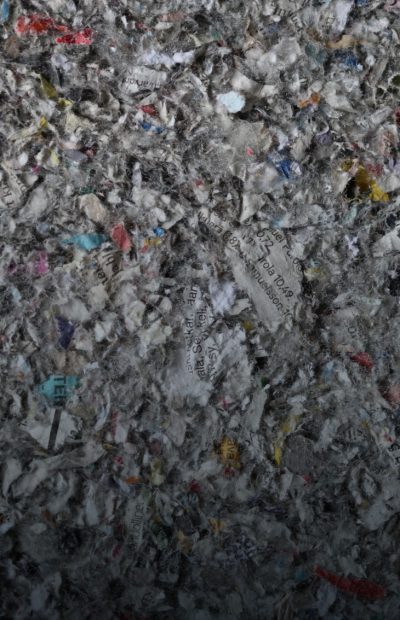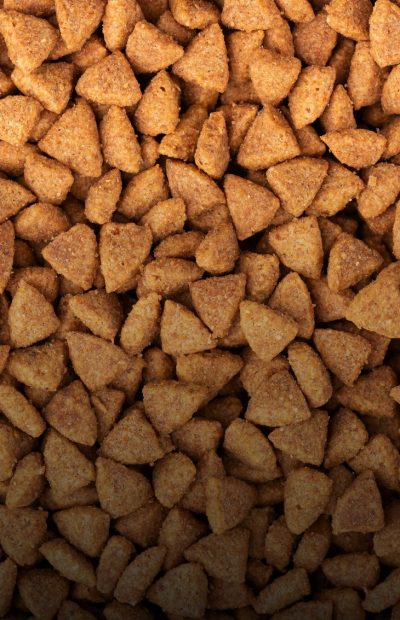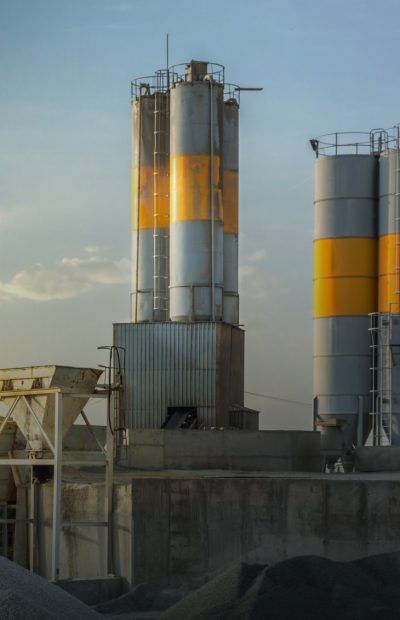Energy Generation through Drying – Efficient, Sustainable, Economical
Energy from Biomass, Waste & Residues

Dried biomass and residues are now an indispensable energy source. In biogas plants, combined heat and power plants, and industrial incineration plants, not only heat but also electricity is generated from waste, digestate, or wood. Drying is key to increasing the calorific value, reducing transport costs, and making operations more energy-efficient and economical. Hans Binder Engineering offers tailor-made drying systems that can be optimally integrated into existing energy processes.
Unbeatable Advantages at a Glance:
Higher Calorific Value
Dry fuels burn more efficiently and deliver more energy per ton.
Lower Transport Costs
Reduced weight due to moisture removal significantly reduces logistics costs.
Fuel Flexibility
Whether digestate, wood, sewage sludge, or refuse-derived fuels – our dryers process a variety of energy sources.
Sustainable CO₂ Footprint
The use of dried residues as fuel reduces the demand for fossil fuels.
Biogas Plants
Smartly utilize waste heat – Transform by-products into energy
In biogas plants, in addition to gas, liquid and solid digestate are produced, which can be converted through drying into storable, energy-rich fertilizers or fuels. Hans Binder dryers often utilize the plant’s waste heat to make the process energy-efficient.

Wood Gasification & Wood Carbonization
Wood as a Source for Electricity, Heat, and Activated Carbon
In wood gasification, a combustible gas is produced from dried wood chips, which serves for electricity or heat generation.
In wood carbonization, activated carbon, biochar, or alternative fuels are produced from dry wood.

Cement Plants & Industrial Facilities
Alternative Fuels for Energy-Intensive Processes
Industrial facilities such as cement plants are increasingly relying on alternative fuels like RDF (Refuse Derived Fuel) or SSW (Solid Shredded Waste). Dried paper sludge, sewage sludge, or other residues provide an energy-efficient and sustainable fuel alternative here.

Combined Heat and Power Plants
More Energy from Every Fuel
In combined heat and power plants, dried residues such as household waste, refuse-derived fuels, wood, or sewage sludge can be used as energy sources. Drying increases energy yield and ensures clean, uniform combustion.


Other Application Areas:
FAQ – Energy from Drying
Our systems utilize existing waste heat from biogas, industrial, or power plant processes for energy-efficient drying. Each drying system is adapted and designed for the available heat sources. In this context, multiple heat sources can also be combined.
Warm air is required for drying, which can be generated by a variety of energy sources, such as hot and superheated water systems, biomass boilers, steam generators, gas and oil burners, thermal oil systems, heating pumps, pyrolysis plants, and many more.
Yes, all our drying systems can be equipped with heat recovery. Heat recovery is adapted to the specific requirements and can include the following.
- Recirculation Mode
- Cross-flow heat exchangers for supply and exhaust air
- Run-around Coil Systems
- Combination of recirculation and cross-flow heat exchanger and run-around coil system
Yes, the heat pump has the great advantage that the belt dryer can be supplied with heat at locations that want to use electricity as a heat source.
Yes, the generated hot air can be used directly for drying.
Yes, various heat sources can be used, individually or in combination.
By replacing fossil fuels with dried residues, the CO₂ footprint is significantly improved.







